Growing peaches at home might seem like a dream reserved for sprawling orchards, but I’m here to tell you it’s absolutely achievable, even in smaller spaces! Forget those bland, store-bought peaches that lack that sun-ripened sweetness. Imagine biting into a juicy, fragrant peach, bursting with flavor, that you nurtured yourself. That’s the magic we’re about to unlock.
Peaches have a rich history, dating back thousands of years to ancient China, where they were revered as symbols of immortality and longevity. From there, their journey took them along the Silk Road, eventually gracing gardens across the globe. Today, the tradition of cultivating these delectable fruits continues, and I believe everyone deserves the joy of harvesting their own.
But why bother with the effort? Well, beyond the unparalleled taste, growing peaches at home offers a connection to nature, a rewarding hobby, and the satisfaction of knowing exactly where your food comes from. Plus, let’s be honest, who wouldn’t want to impress their friends and family with a homegrown peach pie? This DIY guide will equip you with simple yet effective tricks and hacks to successfully cultivate your own peach tree, regardless of your gardening experience. We’ll cover everything from choosing the right variety to protecting your precious fruit from pests and diseases. So, grab your gardening gloves, and let’s get started on this fruitful adventure!
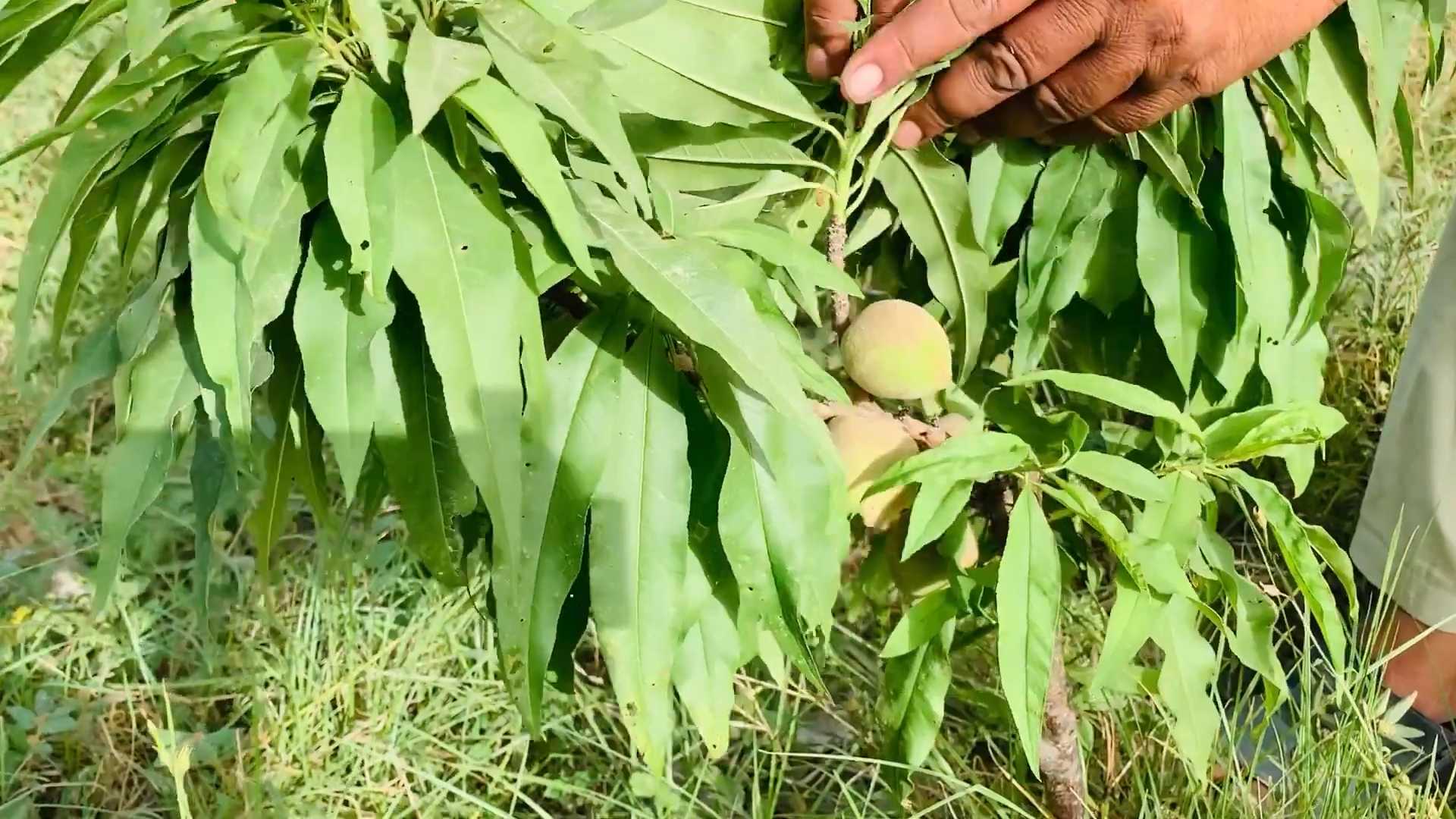
Growing Peaches in Your Own Garden: A Step-by-Step Guide
I love picking fresh, juicy peaches straight from the tree! It’s an incredibly rewarding feeling, and with a little patience and effort, you too can grow your own peaches at home. Don’t worry, it’s not as complicated as it might sound. Here is a detailed guide to help you master the process:
Choosing the Right Variety
Before we get started, it’s important to choose the right peach variety for your climate and your garden. Some varieties are more resistant to cold or diseases than others.
- Climate Zone: Find out your climate zone. Some peach varieties thrive better in warmer climates, while others can tolerate colder temperatures.
- Space: Consider the size of the tree when it’s fully grown. Dwarf varieties are ideal for smaller gardens or for growing in pots.
- Disease Resistance: Choose varieties that are resistant to common peach diseases like leaf curl.
- Taste: Think about what flavor you prefer – sweet, tart, or a mix of both.
Some popular and relatively low-maintenance varieties are:
- ‘Redhaven’: A very popular variety with red skin and yellow flesh. It is robust and productive.
- ‘Elberta’: A classic variety with large, juicy flesh.
- ‘Reliance’: A very hardy variety, ideal for colder climates.
- ‘Bonanza’: A dwarf variety that is well-suited for growing in pots.
The Right Location
The location is crucial for the success of your peach tree.
- Sun: Peach trees need at least 6-8 hours of direct sunlight per day.
- Soil: The soil should be well-draining and have a slightly acidic pH (between 6.0 and 6.5).
- Wind Protection: Protect the tree from strong winds that can damage blossoms and fruit.
- Space: Make sure the tree has enough space to spread out without interfering with other plants or buildings.
Planting
Now let’s get down to it! Planting is an important step that lays the foundation for a healthy tree.
- Prepare the soil: Dig a hole that is twice as wide and as deep as the tree’s root ball. Loosen the soil at the bottom and sides of the hole to encourage root growth.
- Improve the soil: Mix compost or other organic materials into the excavated soil to improve drainage and nutrient supply.
- Position the tree: Carefully remove the tree from its pot and gently loosen the roots. Place the tree in the hole so that the top of the root ball is level with the soil surface.
- Fill the hole: Fill the hole with the prepared soil and lightly press it down to avoid air pockets.
- Watering: Water the tree thoroughly to settle the soil and moisten the roots.
- Mulching: Apply a layer of mulch (e.g., wood chips or straw) around the tree to retain moisture, suppress weeds, and insulate the soil. Make sure the mulch does not touch the trunk directly to prevent rot.
- Staking: If the tree is young or in a windy area, support it with a stake to protect it from toppling over.
Watering and Fertilizing
Regular watering and fertilizing are important for the growth and fruit production of your peach tree.
- Watering: Water the tree regularly, especially during dry periods. Young trees need more water than older trees. Make sure the soil is moist but not waterlogged.
- Fertilizing: Fertilize the tree in the spring with a balanced fertilizer (e.g., 10-10-10). Follow the instructions on the packaging. You can also use organic fertilizers like compost or manure.
Pruning
Pruning is an important part of peach tree care. It promotes fruit production, improves air circulation, and prevents diseases.
- Timing: The best time to prune is in late winter or early spring, before the buds begin to sprout.
- Goals:
- Remove dead, damaged, or diseased branches.
- Thin out the canopy to improve air circulation and sunlight penetration.
- Encourage the formation of fruiting wood (one-year-old shoots).
- Shape the tree to maintain a good structure.
- Techniques:
- Thinning cuts: Remove entire branches to open up the canopy.
- Heading cuts: Shorten branches to encourage growth and control the tree’s shape.
- Remove watersprouts: Remove vertically growing shoots (watersprouts) as they do not bear fruit.
- Promote fruiting wood: Peaches bear fruit on one-year-old shoots. Encourage the formation of new fruiting wood by thinning out older branches.
Protection from Pests and Diseases
Peach trees can be affected by various pests and diseases. It’s important to inspect the tree regularly and take action when necessary.
- Leaf Curl: A common fungal disease that leads to distorted leaves. Spray the tree in late winter or early spring with a fungicide containing copper.
- Peach Twig Borer: The larvae of the peach twig borer burrow into the fruit, causing damage. Use pheromone traps to catch the moths, or spray the tree with an insecticide.
- Aphids: Aphids suck plant sap and can impair the tree’s growth. Spray the tree with an insecticide or use natural methods like releasing ladybugs.
- Brown Rot (Monilinia) Twig Blight: A fungal disease that causes the dieback of shoot tips. Prune and dispose of infected shoots.
Harvest
Finally! The moment you’ve been waiting for. Harvest time depends on the variety and climate but is usually between July and September.
- Signs of ripeness: The peaches are ripe when they come off the tree easily with a gentle twist. They should also have an intense color and a pleasant fragrance.
- Harvesting: Pick the peaches gently from the tree to avoid damaging them.
- Storage: Ripe peaches do not last long. Store them in the refrigerator to extend their shelf life.
Overwintering
In colder climates, it is important to prepare the peach tree for winter.
Trunk protection: Wrap the trunk of the tree with burlap or special trunk wrap material to protect it from frost damage and rodents.
Mulching: Apply a thick layer of mulch around the tree to protect the roots from frost.
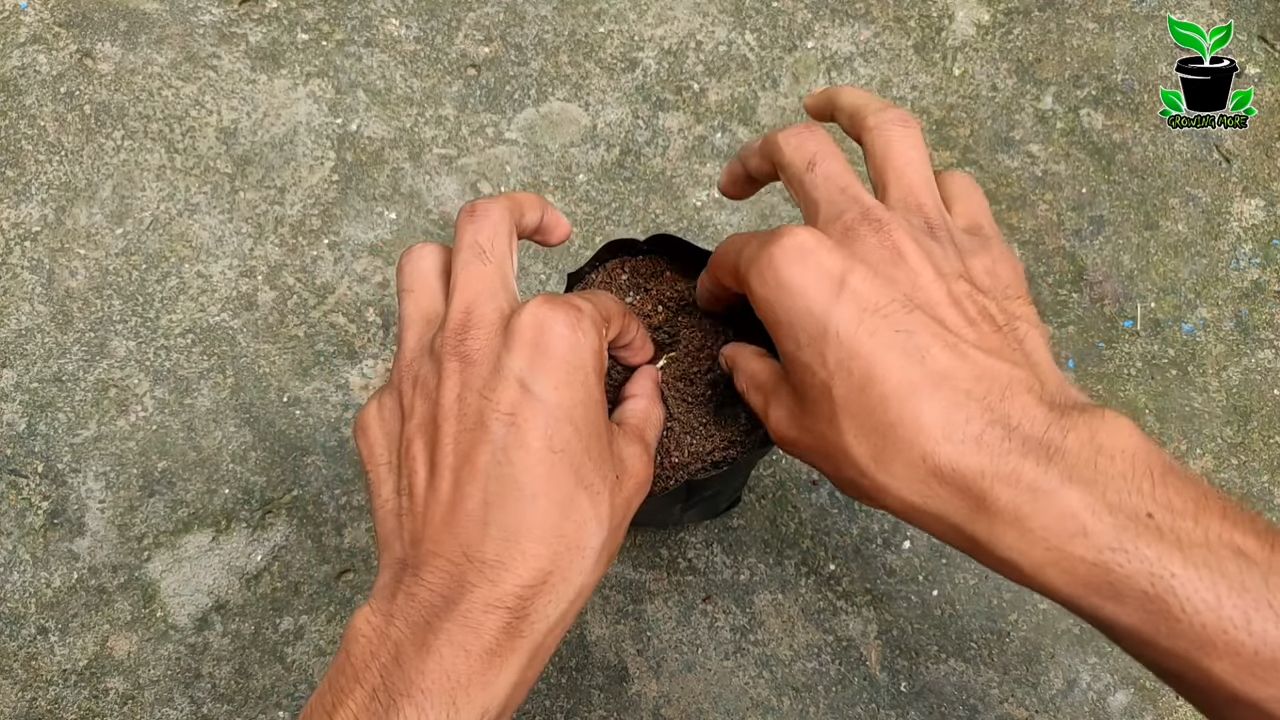
Conclusion
So, there you have it! Mastering the art of growing peaches at home, while it might seem daunting at first, is incredibly rewarding and achievable with the right knowledge and a little bit of patience. We’ve explored the essential steps, from selecting the perfect peach variety for your climate to nurturing your tree through its various stages of growth. Remember, the key to success lies in understanding your local environment and adapting your approach accordingly.
Why is this DIY approach a must-try? Because nothing compares to the taste of a sun-ripened, homegrown peach, bursting with flavor and free from the chemicals often found in commercially grown fruit. Beyond the unparalleled taste, growing your own peaches offers a connection to nature, a sense of accomplishment, and the satisfaction of providing healthy, delicious food for yourself and your family. Plus, you’ll be contributing to a more sustainable food system by reducing your reliance on long-distance transportation and supporting local biodiversity.
But don’t stop there! Experiment with different peach varieties to discover your personal favorites. Try espalier training to grow peaches in a limited space, or explore companion planting to enhance the health and productivity of your tree. Consider using organic pest control methods to protect your harvest while minimizing your environmental impact. The possibilities are endless!
We encourage you to take the plunge and embark on your own peach-growing adventure. Start small, learn as you go, and don’t be afraid to make mistakes. Every challenge is an opportunity to learn and grow, both literally and figuratively.
And most importantly, we want to hear about your experiences! Share your tips, tricks, and triumphs in the comments below. Let us know which peach varieties you’re growing, what challenges you’ve faced, and what successes you’ve celebrated. Together, we can create a community of passionate peach growers, sharing knowledge and supporting each other along the way. Growing peaches at home is a journey, and we’re excited to be a part of yours. So, grab your gardening gloves, get your hands dirty, and get ready to enjoy the sweet taste of success!
Frequently Asked Questions (FAQs)
1. What is the best time to plant a peach tree?
The best time to plant a peach tree depends on your climate. In regions with mild winters, fall planting is ideal, as it allows the tree to establish its roots before the heat of summer arrives. In colder climates, spring planting is recommended to give the tree a full growing season to acclimate before winter. Regardless of the season, avoid planting during periods of extreme heat or cold.
2. How much sunlight does a peach tree need?
Peach trees require at least 6-8 hours of direct sunlight per day to thrive. Insufficient sunlight can lead to reduced fruit production, poor fruit quality, and increased susceptibility to diseases. Choose a planting location that receives ample sunlight throughout the day, avoiding areas shaded by buildings or other trees.
3. What type of soil is best for peach trees?
Peach trees prefer well-drained, loamy soil with a slightly acidic pH (between 6.0 and 6.5). Heavy clay soils can be amended with organic matter, such as compost or aged manure, to improve drainage and aeration. Sandy soils may require the addition of organic matter to improve water retention. Before planting, it’s a good idea to conduct a soil test to determine the pH and nutrient levels and amend the soil accordingly.
4. How often should I water my peach tree?
Watering frequency depends on the age of the tree, the climate, and the soil type. Newly planted trees require more frequent watering than established trees. During the first year, water deeply and regularly, especially during dry periods. Established trees generally need watering every 1-2 weeks, or more frequently during hot, dry weather. Avoid overwatering, as this can lead to root rot. A good rule of thumb is to water when the top inch of soil feels dry to the touch.
5. How do I prune a peach tree?
Pruning is essential for maintaining the health and productivity of a peach tree. Peach trees bear fruit on one-year-old wood, so pruning should focus on encouraging new growth. The best time to prune is in late winter or early spring, before the tree begins to bud. Remove any dead, diseased, or crossing branches. Thin out the canopy to allow for good air circulation and sunlight penetration. Prune to maintain an open, vase-shaped structure.
6. What are some common pests and diseases that affect peach trees?
Peach trees are susceptible to a variety of pests and diseases, including peach leaf curl, brown rot, oriental fruit moth, and aphids. Regular monitoring and preventative measures are crucial for protecting your tree. Use organic pest control methods whenever possible, such as insecticidal soap, horticultural oil, and beneficial insects. Proper pruning and sanitation can also help to prevent disease.
7. How do I fertilize my peach tree?
Fertilize your peach tree in early spring, before the tree begins to bud. Use a balanced fertilizer formulated for fruit trees, following the instructions on the label. Avoid over-fertilizing, as this can lead to excessive vegetative growth and reduced fruit production. A soil test can help you determine the specific nutrient needs of your tree.
8. How long does it take for a peach tree to bear fruit?
Most peach trees begin to bear fruit within 3-4 years of planting. However, the exact time frame can vary depending on the variety, the growing conditions, and the care provided. Grafted trees typically bear fruit sooner than trees grown from seed.
9. How do I protect my peach tree from frost?
Late spring frosts can damage or kill peach blossoms, resulting in a reduced harvest. To protect your tree from frost, cover it with a blanket or tarp when frost is predicted. You can also use a sprinkler to water the tree before sunrise, as the water will freeze and release heat, protecting the blossoms.
10. Can I grow a peach tree in a container?
Yes, you can grow a peach tree in a container, but you’ll need to choose a dwarf or semi-dwarf variety that is well-suited for container growing. Use a large container with good drainage and a high-quality potting mix. Container-grown peach trees require more frequent watering and fertilization than trees planted in the ground. Be sure to protect the container from freezing temperatures during the winter.


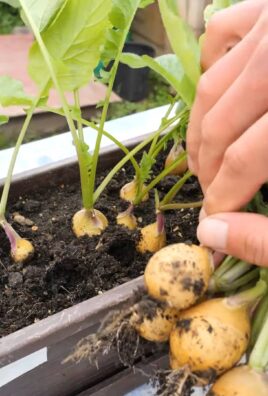
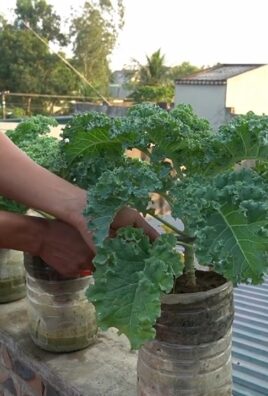
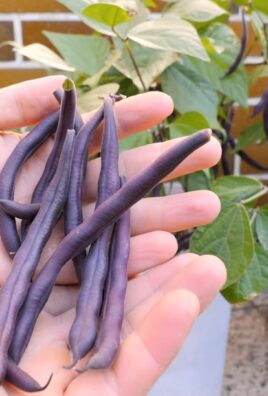
Leave a Comment